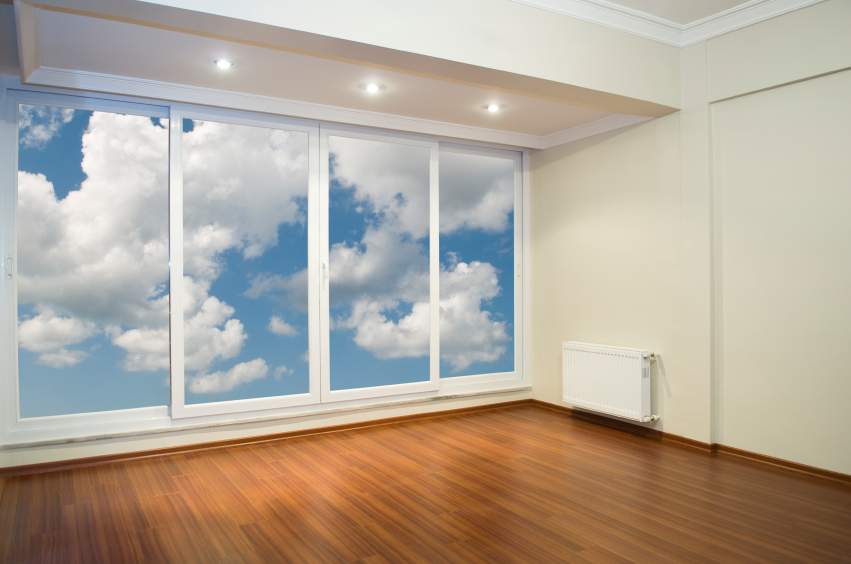
Our homes harbor more than just our families and possessions. Home is also where pollutants, allergens, and other irritants accumulate and thrive, with possible harmful effects on our health. There are simple steps homeowners can take to improve the air quality in their home and increase their comfort and well being.
HANDLE HUMIDITY
High humidity is one of the main contributors to mold and dust mite growth, both of which adversely affect indoor air quality. Keeping indoor humidity below 50% will help prevent further infestation, although once mold gets established it can continue to grow even at lower humidity. To reduce humidity levels in the home, always use ventilation fans in kitchens and bathrooms, make sure the dryer is vented to the outdoors, and address any leaks or condensation issues. Consider using a dehumidifier in especially humid locations such as basements, which usually have poor air circulation and are prone to dampness.
DUST UP THE DUST
Reducing dust in the home can also improve air quality. Dust can be comprised of pollen, mold spores, lint, animal dander and even bacteria. While it’s impossible to completely rid a home of dust, there are ways to control it. Purchase a quality vacuum cleaner and use it regularly. Many vacuums are now available with HEPA filters that trap small particulate matter and keep it from being blown back into the room. Change or clean furnace filters regularly, according to manufacturer’s instructions. High quality furnace filters are more expensive than ordinary types, but are more effective at filtering dust, pet hair, and other particles.
GO AHEAD AND VENT
Opening doors and window whenever possible can also help with indoor air quality. The home will have better air circulation and “breathe” better, and of course homeowners will enjoy fresh air on a nice day.
CHEMICAL SENSE
Many cleaning products are now available in less toxic and environmentally friendly formulations. Manufacturers have made significant improvements to these products over the last few years, and many “green” cleaners and detergents now do an equal or better job than their conventional counterparts. Dispose of old paint, pesticides, and other products so they aren’t leaking fumes into your home. Homeowners should check with their local trash collection company for instructions on how to properly dispose of such items. Check for leaks or damage to packaged household products such as cleaners and solvents, and dispose of accordingly.
By taking these relatively easy steps, homeowners can truly make their home a breath of fresh air.


 icon and select "Add to Home Screen".
icon and select "Add to Home Screen".